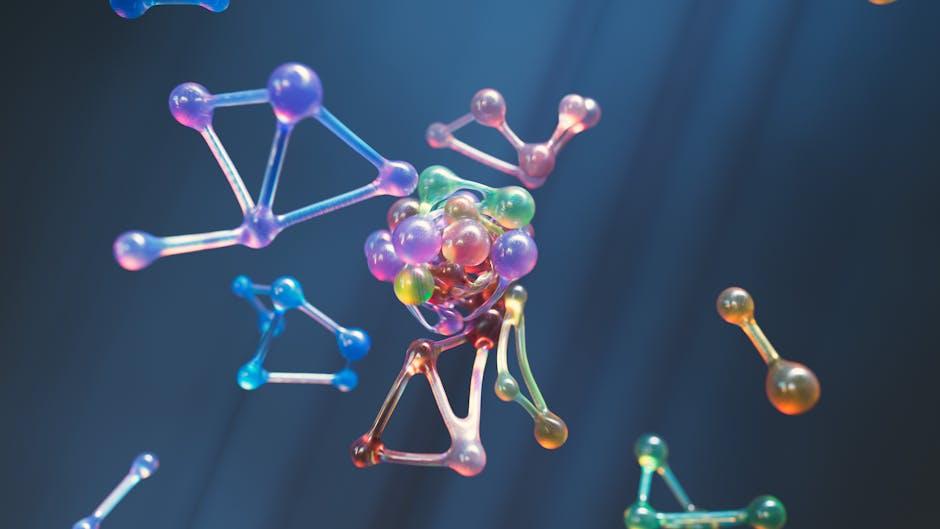The Future of 3D Elements in Web Design Using WebGL and Three.js
As web design continues to evolve, the integration of 3D elements has become more prominent, enriching user experiences and elevating engagement. Two powerful tools leading this revolution are WebGL and Three.js. This article delves into the future of 3D elements in web design, exploring how these technologies can transform the digital landscape.
What is WebGL?
WebGL, or Web Graphics Library, is a JavaScript API that enables developers to render 3D graphics in web browsers without the need for plugins. It is powered by the HTML5 Canvas element, allowing for real-time rendering of complex 3D graphics.
What is Three.js?
Three.js is a popular JavaScript library that simplifies the process of creating and manipulating 3D graphics on the web using WebGL. By providing an easier interface and numerous built-in features, Three.js allows developers to focus on creating visually stunning content without getting bogged down by low-level WebGL intricacies.
The Rise of 3D Elements in Web Design
The demand for immersive and interactive experiences has soared over the past few years. 3D elements bring a new dimension to web design, fostering engagement and improving user retention. Here’s why 3D is increasingly becoming a vital part of contemporary websites:
- Enhanced User Experience: 3D elements create more engaging interfaces, keeping users on the site longer.
- Visual Storytelling: Brands can tell their stories through dynamic 3D visuals, making complex concepts easier to grasp.
- Increased Interaction: Users can interact with 3D models, adding layers of experience that flat elements cannot provide.
Benefits of Using WebGL and Three.js in Web Design
| Benefit | Description |
|---|---|
| Cross-Platform Compatibility | Works seamlessly across different devices and browsers. |
| Improved Performance | Optimized for high-performance rendering and lower CPU usage. |
| Rich Visuals | Allows creation of photorealistic effects and complex animations. |
| Open Source | A vast community supports ongoing developments and resources. |
Practical Tips for Implementing 3D Elements
To successfully incorporate 3D elements into your website using WebGL and Three.js, consider the following practical tips:
- Start Small: Begin with simple 3D shapes and gradually increase complexity to maintain performance.
- Optimize for Speed: Use low polygon counts and compress textures to reduce load times.
- Responsive Design: Ensure that 3D models are responsive and adapt to different screen sizes.
- Test Across Devices: Always test your designs on various devices to ensure functionality and aesthetics are consistent.
Case Studies: Successful Use of 3D in Web Design
Here are a few notable examples of companies that successfully utilized 3D elements in their web design:
- Airbnb: Their 3D city maps showcase locations in a novel way, attracting users to explore more.
- Spotify: Implemented 3D graphics to enhance their music-sharing experience, creating an immersive environment.
- Porsche: Utilized 3D configurators on their website, allowing customers to customize vehicle models interactively.
First-Hand Experience with Three.js
As a web designer, I have personally implemented Three.js in a recent project. By creating an interactive 3D model of a product catalogue, I found that user engagement increased significantly. Users spent more time interacting with the 3D models, leading to higher conversion rates. This experience reinforced my belief that 3D elements are not just a trend but a necessity in modern web design.
Future Trends to Watch
As technology continues to develop, several trends are likely to shape the future of 3D elements in web design:
- Integration with AR and VR: The blending of web design with augmented and virtual reality will redefine user interaction.
- AI-Driven Patterns: Use of artificial intelligence to automate 3D rendering and improve user experiences.
- Increased Performance: Advances in browser capabilities will enhance the quality and performance of 3D graphics.
Conclusion
The future of 3D elements in web design is bright, driven by advances in technologies such as WebGL and Three.js. By leveraging these tools, designers can create immersive and engaging experiences that resonate with users. As we look ahead, embracing 3D in web design will not only elevate aesthetics but also enhance functionality. Start exploring the capabilities of WebGL and Three.js today, and transform your web presence into a captivating digital experience!











